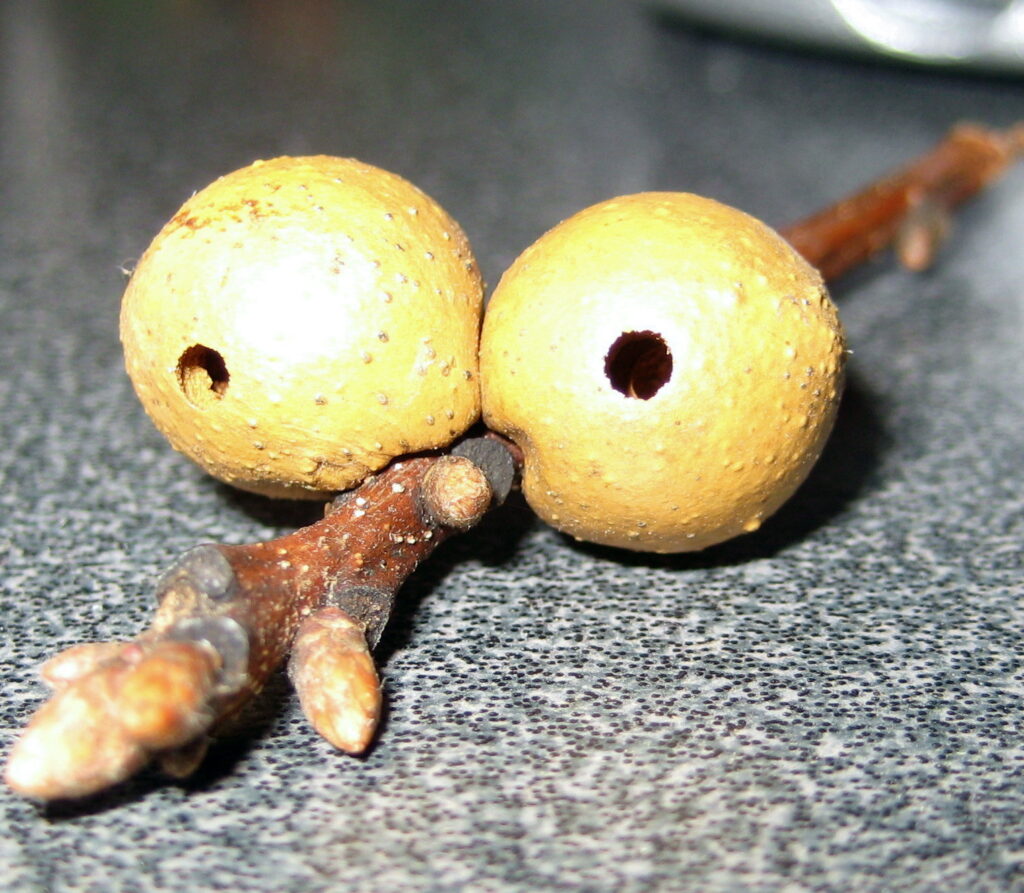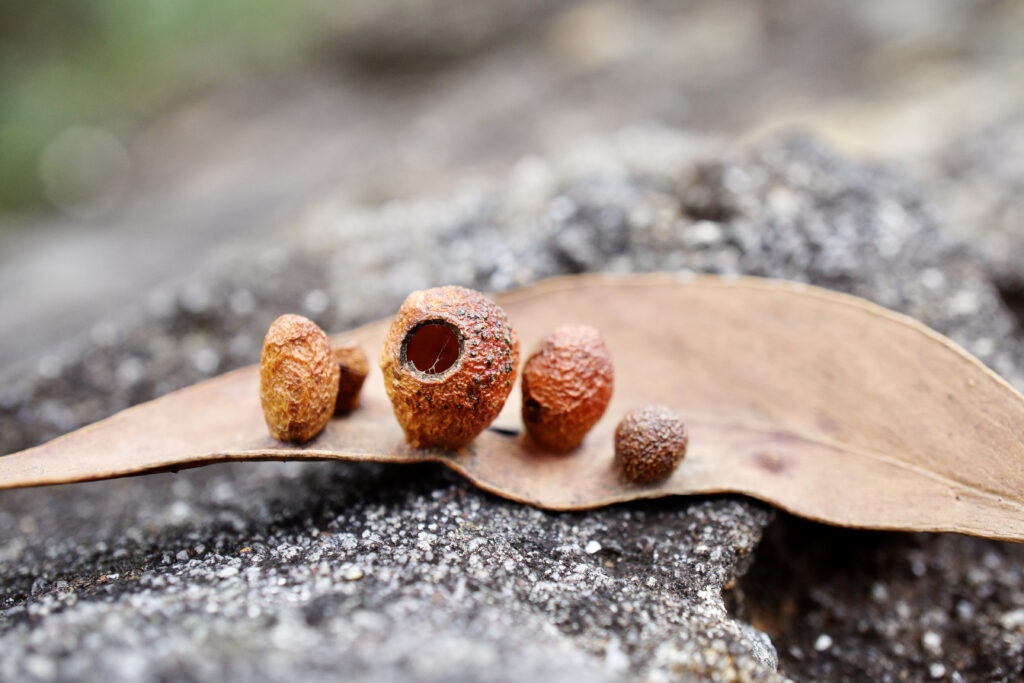After the children have spent fifteen or twenty minutes at work in the field, it may be well to gather them together there, ascertain what they have discovered…The general review of what they have learned can, however, be conducted much better in the schoolroom than out of doors…..Encourage them to tell all they can about what they have seen, with as few questions as possible…..After the oral review, what has been learned in the field lesson can be fixed by a blackboard reading lesson. The statements should be obtained from the children, and should embody the important facts or thoughts gained out of doors This will not only review and clinch what the children have learned out of doors, but will give them practice in expressing their ideas clearly and exactly, and in relating ideas, or putting their statements in sequence or order.
Nature Study and the Child by Charles B. Scott
- Nature study does not need to take a lot of time and can be accomplished in a relaxed and natural way.
- For young children, start off with just an oral review of their experiences out of doors.
- As they get older, you can write some of their words on a white board for them to copy into their nature journal.
- Eventually, after much practice, they will be able to complete all the review of their field work on their own.
Use the three steps to better nature study as outlined in my nature printable and your family will enjoy years of satisfying outdoor time.
Now a little blog business:
I forgot to announce the winner of the blog carnival/newsletter giveaway. All participants in the Outdoor Hour Challenge Blog Carnival were entered to win a copy of my very new More Nature Study Book #3 ebook that will release next week. I used Random.org to generate a winner.
The winner is Diana from Homeschool Review and Crafting Too. I will confirm with you your email address and send your copy on March 5, 2012. Congratulations!
Thank you to all who participated in last month’s carnival!

























